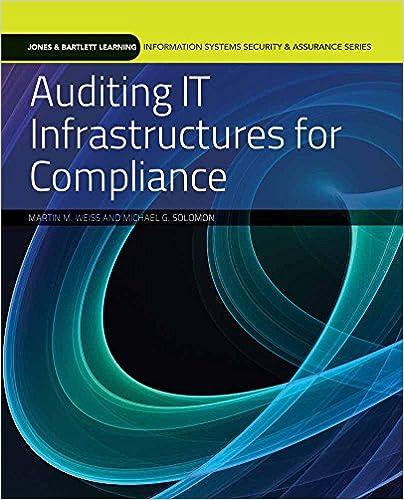Q 21-30 are based on the following information The Chemplast Company manufactures and sell a ange of high quality industrial containers. It has established a reputation in the industry for quality and timely delivery of its containers. The company is considering closing the container department and outsourcing the production of its containers to another company, Containers Inc, who has offered to supply the required number of containers at $1,200,000 each year for the next 5 years. The annual expenses of manufacturing containers are as follows 700,000 400,000 Manager Smith's salary. Rent.... Depreciation of machinery Allocation of general administrative expenses. 100,000 50,000 100,000 70,000 320,000 1,420,000 Total annual expenses.. Materials for the next year are already in inventory and will have to be discarded if the outsourcing contract with Containers Inc is agreed upon. Material for each year is purchased at the end of the previous year. Even if this department is closed, another managerial position was becoming available to which Smith would move without loss of pay or prospects. The company was paying $80,000 per year in rent for a warehouse for other corporate purposes. If the container department is closed, Chemplast would have all the space it needs and not need to rent the said warehouse. Currently, the company spends $280,000 annually on general administrative expenses that it allocates equally to each of its 4 departments. The company does not expect any savings in its administrative expenses from closing down the container department. The machine used in the production process was purchased 4 years ago for $800,000. Depreciation for book and tax purposes is straight line over 8 years. The book value of the machine is $400,000, and is expected to last for 5 more years. If the department is closed, the machine can be sold today for $200,000. Assume that the company has a 5 year horizon for this project, that the company's cost of capital is 10%, and that its tax rate is 40%. (Assume all ash flows for a period occur at the end ofthe period, The company is deciding between manufacturing on its own and outsourcing its production. Help the company identify the relevant cash fows below for it to make the decision. Fill the following table to answer Q21-30. Fill outflows as negative numbers and inflows as positive numbers. Cash flows from manufacturing on its own Year 0 Years 1-4Year 5 Cash flows from outsourcing Year 0 Years 1-4 Year 5 Pmt to Containers(1) Sale of machine (2) Material (3) Labor + Salary (4) Rent (5) Taxes (6) Total cash flows () PV factor (8) pv o) NPV (10) Q21. What is the material cash flow in years 1-4 for making, i.e., cell (B3) ? A.$0 B. ($700,000) C. ($2,800,000) D. None of the above. Q22. What is the difference in rent in years 1-4 between making and buying, ie, (B5)-(E5) ? A. ($30,000) B. ($50,000) C. ($80,000) D. ($130,000) Q23. What is the difference in taxes in year 0 between making and buying, ie., (A6)-(D6) ? A. 0 B. 360,000. C. (360,000) D. (120,000) Q24. What is the difference in taxes in years 1-4 between making and buying, i.e., (Bo-(E6)? A. 0 B. (72,000) C. 72,000 D. None of the above Q25. What is the difference in taxes in year 5 between making and buying, i.e., (Co)-(F6) ? A. 0 B. 512,000 C. 480,000 D. None of the above. Q26. What is the difference in labor cost in years 1-4 between making and buying, ie., (B4)-(24) i A. 0 B. (500,000) C. (700,000) D. None of the above. Q27. What is (B1)-(E1) ? A. (1,200,000) B. 1,200,000. C. 0 D. None of the above. Q28. What is (A2)-(D2) A. (200,000) B. 200,000 C. 0 D. None of the above Q29. What is the PV factor in (B8) ? A. 3.1699 B. 1.0000 C. 0.6209 D. 0.0000. Q30. What is the difference in total cash flows in years 1-4 between making and buying, i.e, (B7)-(ET)? A. 0 B. 8,000 C. (8,000) D. None of the above











